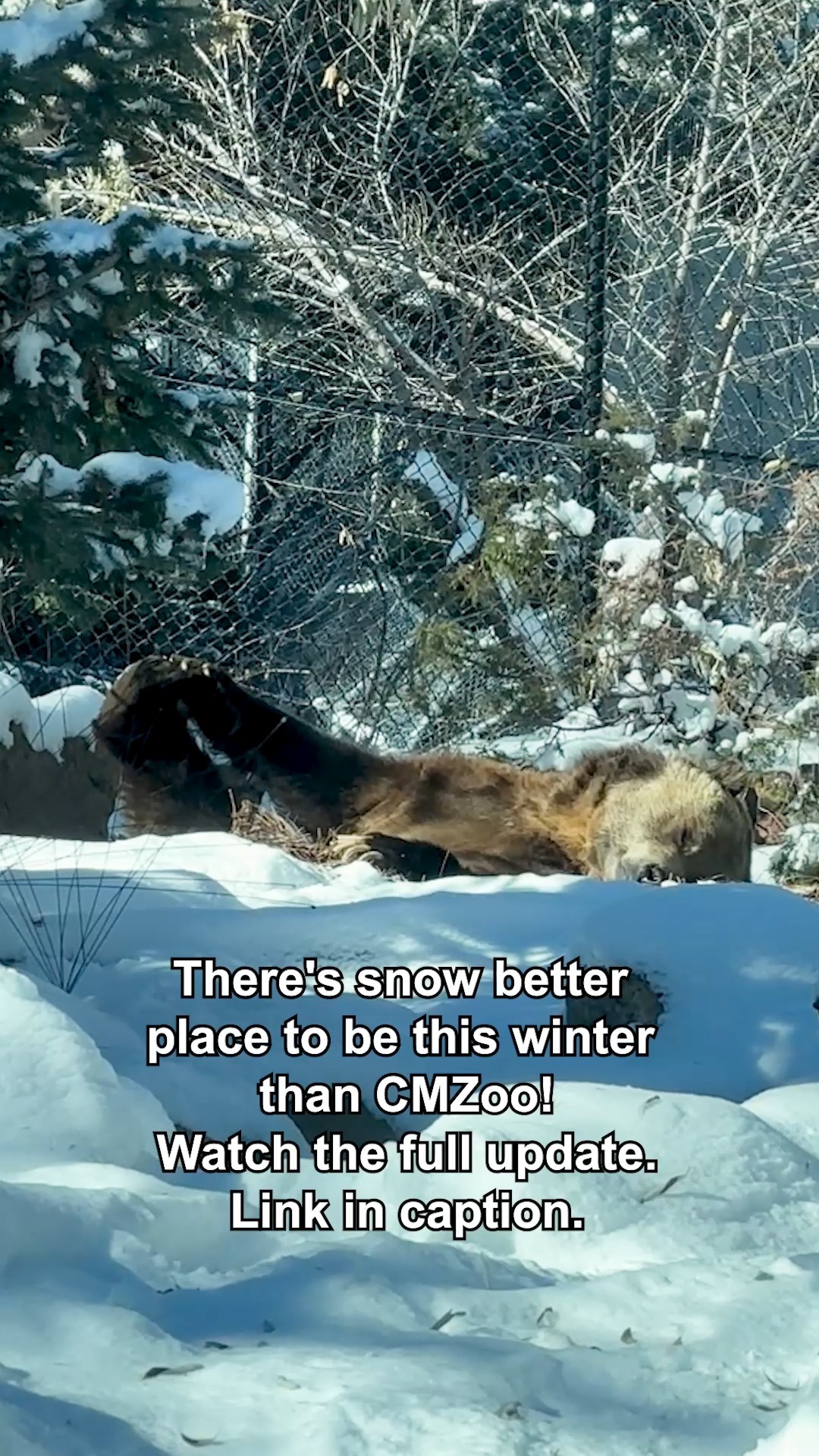- The magical experience of visiting the zoo during winter, including insights into animal behavior in colder climates and guest activities.
- Details on which animals thrive in colder weather and which can be observed in indoor habitats.
- Opportunities for educational experiences through indoor activities and keeper talks.
- Benefits of visiting the zoo in winter, such as reduced crowds and cost savings through Value Days.
- Practical tips and resource links for planning a successful winter zoo visit.
Visiting a zoo during the winter months can be an enchanting experience. Often overlooked, winter offers a unique ambiance as snow blankets the surroundings, providing an ever-changing landscape that transforms the zoo into a winter wonderland. This season opens up extraordinary opportunities to witness animal behaviors that are distinct to the colder months and to enjoy the beauty of creatures thriving in this serene environment.
The contrasting elements of a winter zoo visit allow for various levels of engagement, tailored for nature enthusiasts and casual visitors alike. On brisk days, many animals exhibit increased activity, as these lower temperatures mimic their natural habitats more closely. Species such as polar bears, penguins, and snow leopards are particularly dynamic during these seasons, offering visitors a rare chance to observe these animals in conditions that showcase their natural adaptations.
A winter visit also provides insight into their behavioral patterns. Many animals have developed thick fur or heavier coats to deal with the harsh realities of cold weather. The Arctic fox, for instance, is adorned with a dense underfur that keeps it insulated against gusty winds and cold temperatures. Red pandas and wolves are other examples, displaying playful and spirited antics as they frolic in the snow. Seeing them in this season can be instrumental in understanding their behavior through the lens of adaptation.
For those animals more suited to warm weather, zoos typically have indoor habitats designed to mimic their natural environments. Species like giraffes, hippos, great apes, sloths, and skunks benefit from carefully controlled habitats that allow visitors to engage with them without disruption to their well-being. The giraffe and budgie feedings that take place indoors can be an enthralling activity, providing visitors a chance to connect closely with these fascinating animals.
Attending keeper talks enriches this experience, as many zoos offer scheduled demonstrations and discussions. These sessions enhance understanding of each species’ ecological role and conservation efforts undertaken by the zoo. They are structured to offer educational dimensions that deepen appreciation for wildlife while emphasizing conservation needs. Engaging directly with knowledgeable staff allows for a dynamic exchange of information, elucidating how dietary needs, social structures, and personality traits play out in captivity versus in the wild.
Winter visits to the zoo are often quieter, providing a more intimate experience. With fewer crowds, you can savor the serene environment at your own pace. This reduced foot traffic also allows animals to be more interactive and visible as they are less perturbed by large groups. Additionally, many zoos introduce winter discounts, such as Value Days, presenting cost-effective options for families and individuals to explore and enjoy.
Value Days, marked by reduced admission fees, encourage visitors to partake in this off-peak season. By saving on entry fees, allocative resources can be spent on additional activities like engaging in special animal encounters or trying out delicacies from the eateries scattered across the zoo. The cafes and restaurants provide hot cocoa and other warm snacks, creating a cozy atmosphere to recharge during your visit.
Planning for a winter zoo adventure involves a few practical steps. Checking the zoo’s website for the daily schedule is essential to catch key wildlife activities and feeding sessions. Websites like cmzoo.org offer ample information with their event programs, demonstration times, and any special winter schedules that might be in place. It’s also wise to dress appropriately; layers work best to adapt to indoor warmth and the chilly outdoor environment.
Visitors are encouraged to glimpse the zoo’s magic through digital previews, such as curated videos or reels. Available media can offer a virtual experience that highlights zoo happenings and seasonal changes, enticing visitors to experience it firsthand.
In-depth knowledge about animal behavior, coupled with the benefits of visiting during cooler months, enriches the zoo experience tremendously. By choosing this time of year, guests not only gain deeper insights into the lifestyles of various species, but also actively support and participate in ongoing conservation efforts through their engagement and patronage. The winter season at the zoo, indeed, offers a blend of education, recreation, and conservation, making it a must-experience chapter in the calendar year for wildlife lovers.
*****
Source Description
Winter at the Zoo is a magical experience! Bundle up and enjoy the mountain views with a cup of steaming hot cocoa in hand. Many animals are extra active on snowy days, while others have cozy indoor habitats. Almost of the animals are visible to guests, even on the coldest days!
When you’re ready to warm up, head indoors for giraffe and budgie feedings, a visit with our hippos, great apes, sloths, skunks and more, or grab a snack in one of the eateries around the Zoo. Don’t miss the daily animal demonstrations schedule at cmzoo.org. Keeper talks and demonstrations are great ways to see animals up-close and learn a thing or two about them from our knowledgeable staff.
Visiting in the winter means you can experience the entire Zoo with fewer crowds and save some money while you’re at it! Take advantage of Value Days at the Zoo, happening now through February, and save $5 on daytime admission. Tickets are available at cmzoo.org.
Watch the full video with the link in our ➡️ “Newsletter: The Waterhole | December 2024.”

